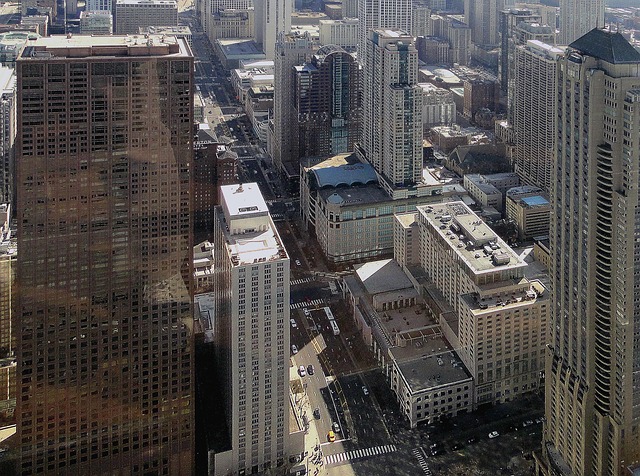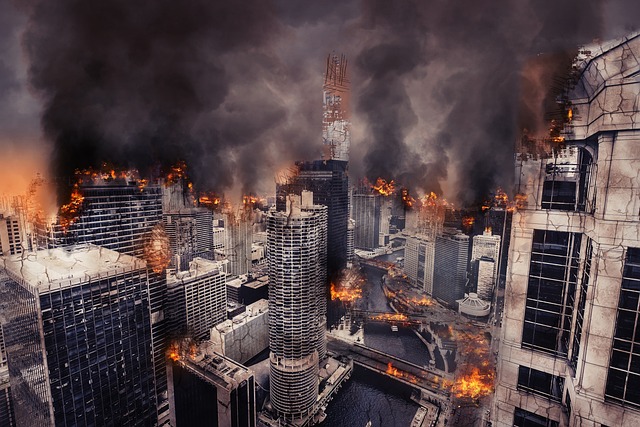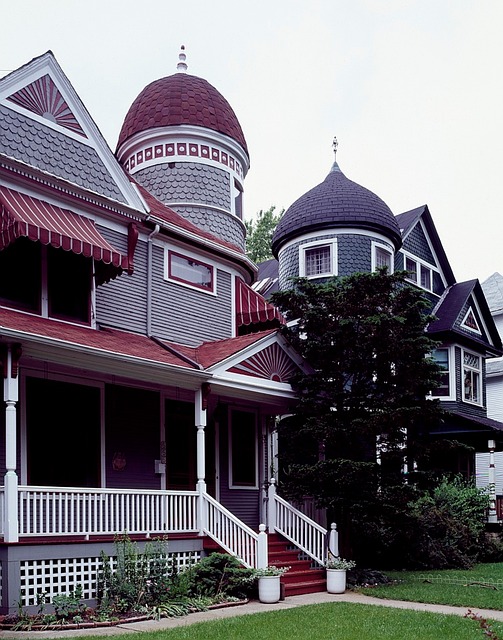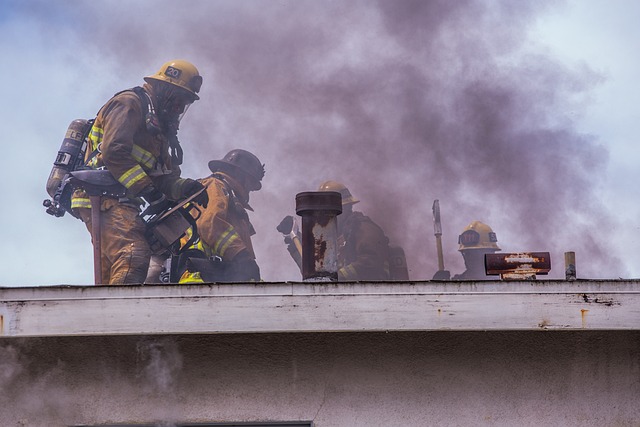Selling a fire-damaged property in Chicago necessitates a meticulous process. This involves professional fire damage assessments to determine repairs, set fair prices, and ensure transparency. The cost varies based on fire scope, property age, and affected areas' complexity. Efficiently navigate insurance claims by understanding coverage, documenting losses promptly, and contacting insurers immediately. Strategically prepare your home for sale by inspecting, estimating repairs, prioritizing safety, repainting, replacing, and highlighting positive aspects. Using keywords like "sell fire damage house Chicago" can attract buyers familiar with the process.
In Chicago, navigating fire damage repair can be complex. This comprehensive guide breaks down the process from understanding fire damage assessment to generating accurate estimates, factoring in restoration costs, and insuring your repairs. We explore the nuances of selling a fire-damaged home in the competitive Chicago market, offering tips to ensure you get the best value for your property. By familiarizing yourself with these key aspects, you’ll be better equipped to restore your home and successfully sell it.
- Understanding Fire Damage Assessment in Chicago Properties
- The Process of Generating Accurate Repair Estimates
- Key Factors Influencing Fire Damage Restoration Costs
- Navigating Insurance Claims for Fire Damage Repairs
- Tips for Selling a Fire-Damaged Home in Chicago Market
Understanding Fire Damage Assessment in Chicago Properties

In Chicago, fire damage assessment is a critical step in the process of selling a fire-damaged property. The initial evaluation determines the extent of repairs needed, which directly impacts the property’s value and the eventual selling price. This meticulous assessment involves a comprehensive inspection to identify structural integrity issues, assess the damage to fixtures and finishes, and determine if any hazardous materials require safe removal.
Professional estimators consider both visible and hidden damage, such as charred walls, water-soaked insulation, and potential mold growth. They also account for the cost of replacing or repairing essential systems like electrical wiring, plumbing, and HVAC components. Accurate estimates are crucial for sellers looking to navigate the complexities of selling a fire-damaged house in Chicago, ensuring they receive fair compensation while providing transparency to prospective buyers.
The Process of Generating Accurate Repair Estimates

When it comes to fire damage repair estimates in Chicago, generating accurate figures is paramount for both homeowners and contractors. The process involves a meticulous assessment of the affected areas, considering both visible and hidden damage. Professional estimators inspect every nook and cranny, from structural integrity checks to assessing the scope of restoration needed for walls, ceilings, and even personal belongings. They also factor in costs for materials, labor, and any necessary specialized repairs or replacements.
For those looking to sell a fire-damaged house in Chicago, an accurate estimate is crucial. It provides transparency and peace of mind, allowing owners to make informed decisions about repairs versus replacement. Moreover, it helps set reasonable expectations for potential buyers, ensuring a smoother sales process. In the end, a well-researched and detailed repair estimate can be a game-changer for both parties involved in the sell of a fire-damaged property.
Key Factors Influencing Fire Damage Restoration Costs
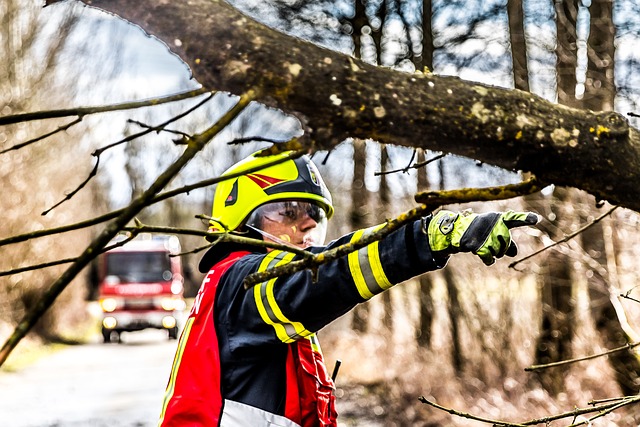
When it comes to fire damage repair estimates in Chicago, several key factors influence the overall cost of restoration. First and foremost, the extent of the fire damage plays a crucial role. A small kitchen fire may result in minimal structural damage and require less extensive repairs compared to a large-scale blaze that engulfs an entire building. The size and age of the property are also significant considerations; older buildings might have unique architectural features or materials that can impact repair costs.
Additionally, the location of the fire within the structure matters. Damage confined to one room may be less expensive to fix than extensive fires that affect multiple areas or critical systems like electrical wiring, plumbing, and HVAC units. The complexity of repairs, including the need for specialized materials or techniques, should also be factored in. For instance, selling a fire-damaged house in Chicago might require more substantial investments if it involves structural rebuilding or addressing hazardous materials left behind by the fire.
Navigating Insurance Claims for Fire Damage Repairs
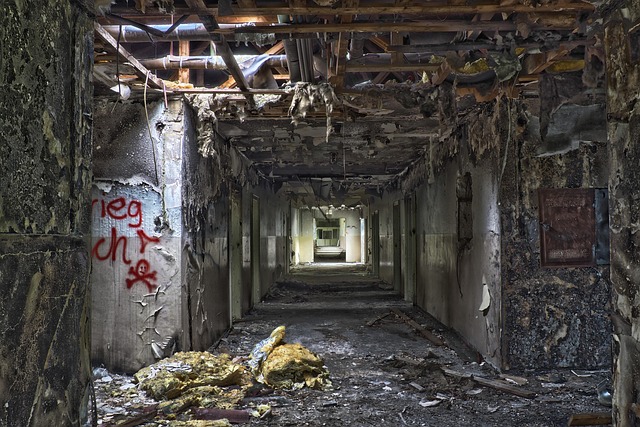
Navigating insurance claims for fire damage repairs can be a complex process, especially after experiencing the emotional trauma of a fire in your home. In Chicago, where the real estate market is competitive, selling a fire-damaged house might seem daunting. However, understanding your insurance policy and knowing the steps to file a claim can make this transition smoother.
First, review your homeowner’s insurance policy to comprehend the scope of coverage for fire damage. Document all losses by taking photographs and keeping records of repairs and replacement costs. Contact your insurance provider promptly to initiate the claims process, ensuring you meet deadlines for filing claims in Chicago. This proactive approach will facilitate a more efficient repair and selling process, helping you recover from the aftermath of a fire while exploring options like selling your fire-damaged house in the competitive Chicago market.
Tips for Selling a Fire-Damaged Home in Chicago Market

Selling a fire-damaged home in the Chicago market can be challenging, but with the right approach, it’s possible to secure a fair sale quickly. The first step is to conduct a thorough inspection and obtain accurate repair estimates from experienced contractors specialized in fire damage restoration. This not only gives you a clear understanding of the costs involved but also helps set realistic expectations for potential buyers.
Next, prioritize safety and remediation. Address any structural issues and ensure the property meets local building codes. Repaint with neutral colors to create a fresh, inviting atmosphere. Replace or clean thoroughly any affected items, such as carpets, furniture, and appliances. Remember, transparency is key; disclose all relevant information about the fire damage history, but also highlight the positive aspects of the home and its potential for a new beginning.
When considering to sell a fire-damaged home in the Chicago market, understanding the process of fire damage repair estimates is crucial. From assessing the extent of damage to navigating insurance claims, each step plays a significant role in determining restoration costs. By familiarizing yourself with these processes and factors, you can make informed decisions that lead to a successful sale. Remember, a well-informed seller is better equipped to navigate the Chicago real estate market, ensuring a positive outcome for both them and potential buyers.
